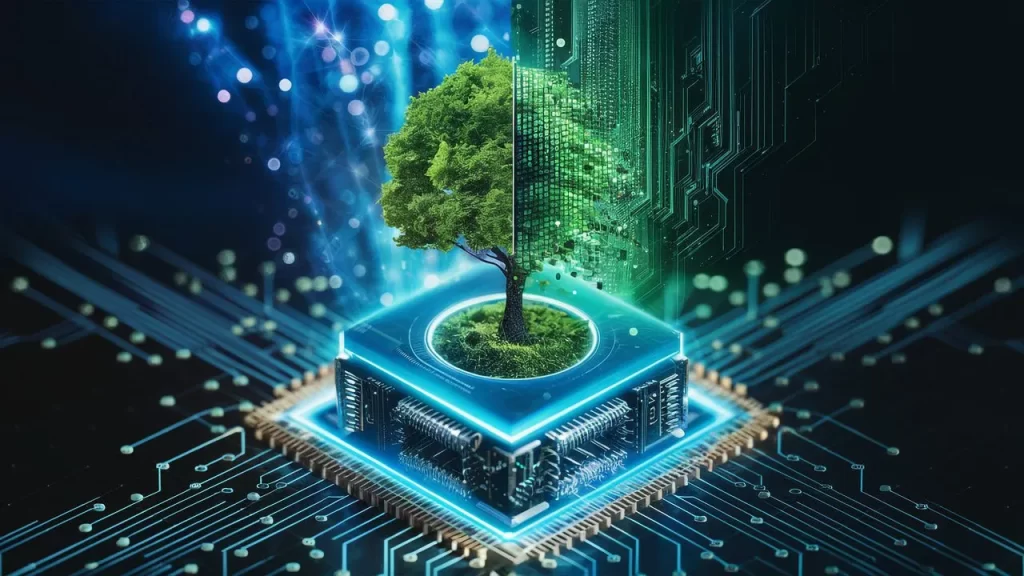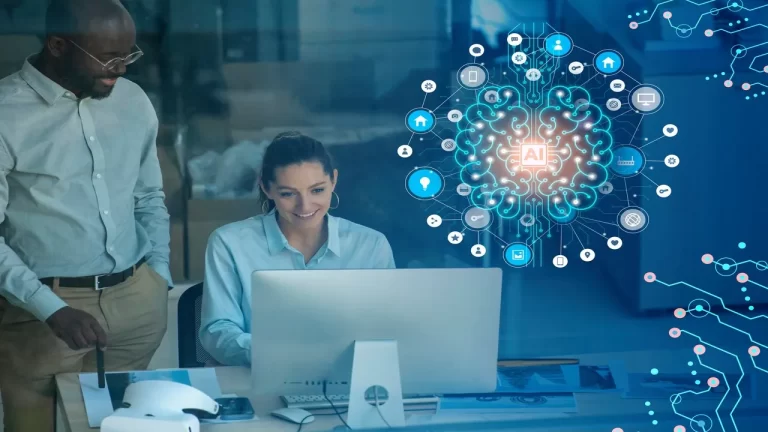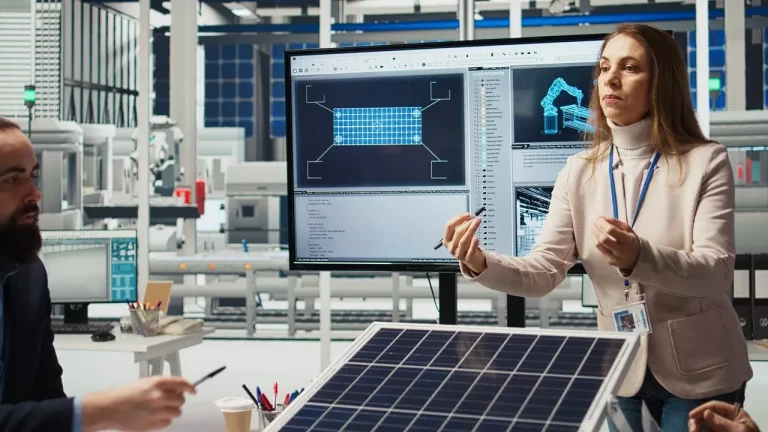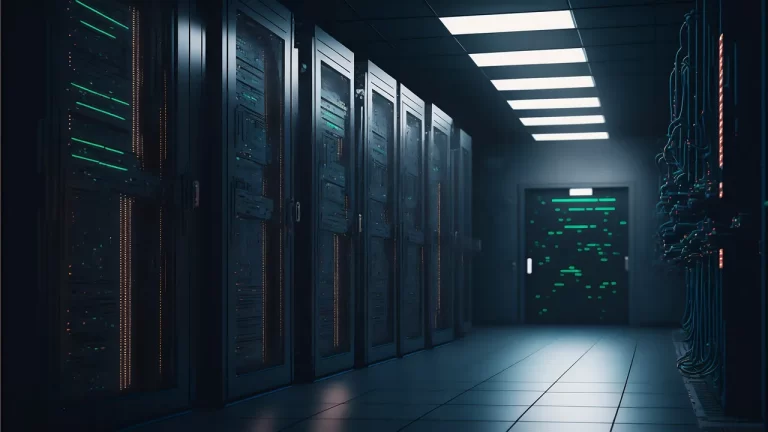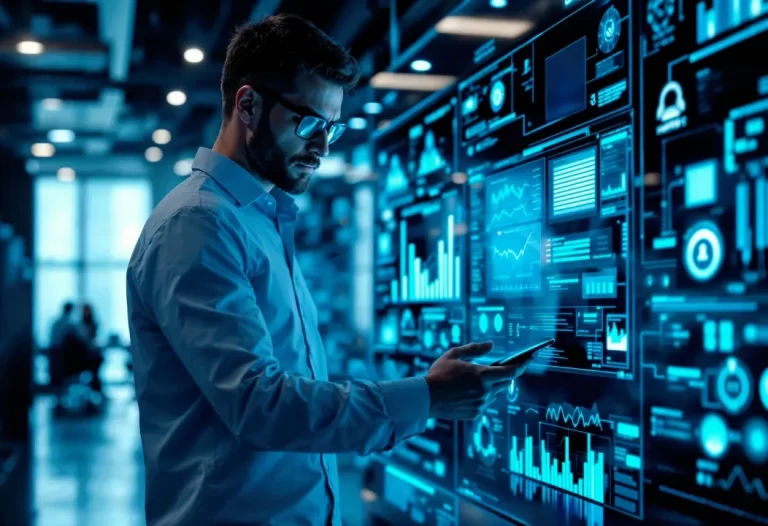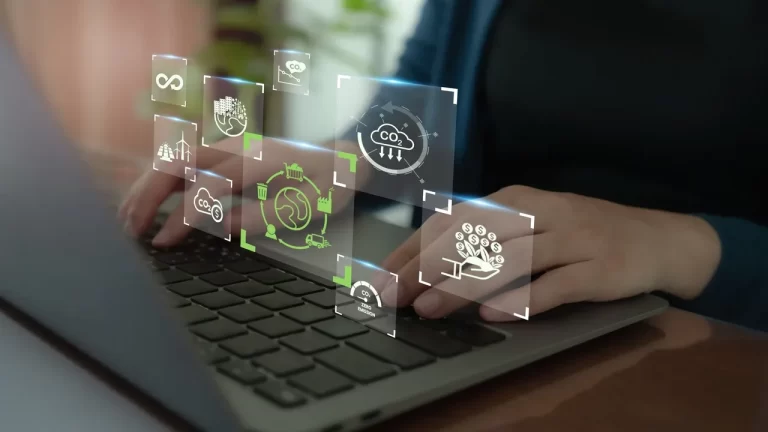A green data center is an IT network created for global standards with a strong focus on minimizing environmental impact. It added a range of practices and technologies focused on reducing energy use, carbon use, & resource usage while maximizing operational efficiency and usability.
The developing importance of sustainability
Sustainability is mainly growing focus on the IT industry in general and in the data center industry, mainly due to the need to minimize the environmental effects of technology. Data centers are important to the digital network, but they use huge amounts of energy and produce greenhouse gas releases, so their fast growth has develop concerns about their carbon and energy use. As demand for data processing increases, the environmental use of data centers increases for supporting sustainability in data centers is important to minimize gas releases, reduce their effect on climate change, & minimize limited energy sources.
Supporting sustainability in data centers improves an organization’s status & shows its commitment to corporate social responsibility. Customers & investors mainly expect businesses to use sustainability, a green data center can mainly use brand image & attract eco-friendly aware partners & clients.
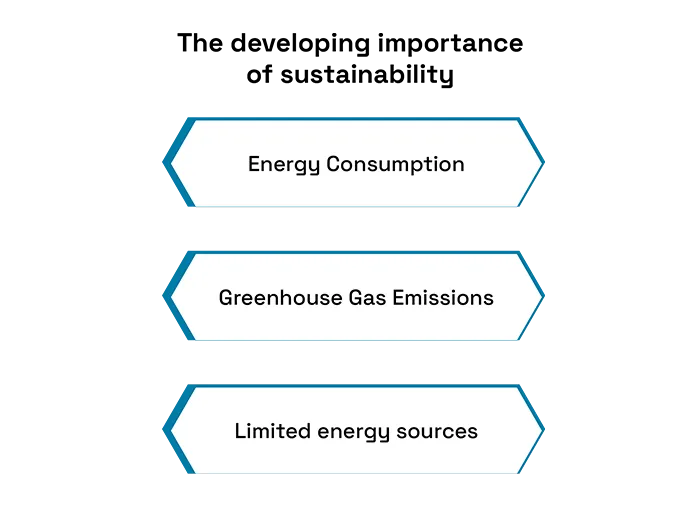
Environmental impact and carbon footprint
Carbon emissions and climate impact:
Traditional data centers use large amounts of energy, resulting in important carbon release and contributing to climate change. The fossil fuels for power generation make this impact.
Electronic waste generation and responsible disposal in data centers generate electronic waste due to the regular replacement of old equipment. Improper disposal of this waste can make environmental pollution & health risks.
Water use & protection in data centers need huge amounts of water for cooling purposes. This use can affect local water resources & develop problem about sustainability.
Green data centers play an important role in navigating this environmental effect through many
initiatives, including:
Reductions in carbon use & gas emissions in Green data centers mainly use energy efficiency & use renewable energy sources to minimize carbon use & reduce their whole environmental use.
Recycling & waste reduction initiatives in green data centers develop fast recycling programs & use responsible waste management practices to minimize electronic waste generation & promote the recycling & reuse of materials.
Water-saving & sustainable practices in data centers focused on green techniques employ innovative cooling technologies, such as liquid cooling and water reuse systems, to reduce water consumption and implement sustainable water management practices.
Green IT strategies: These include the deployment of smart technology, powering down IT equipment when not in use, strategically scheduling computer use, selecting energy-efficient computer gear, employing automated power management, and using temperature checks to optimize cooling.
Energy efficiency in green data centers
Focusing on energy efficiency allows green data centers to not only reduce their carbon footprint and environmental impact but also achieve cost savings through lower energy bills. The adoption of energy-efficient practices and technologies aligns with sustainability goals, promotes responsible resource usage, and contributes to a more environmentally conscious IT industry.
Efficient cooling and heat recovery
Inefficient cooling can result in unnecessary energy waste & increased operational costs. Developing eco-friendly cooling technologies & techniques is useful for maximizing energy efficiency in data centers; these methods can be broken down into the following general areas.
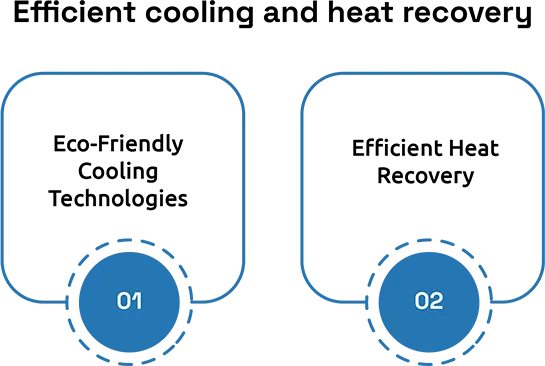
Liquid cooling solutions
Direct-to-chip cooling is a method where liquid cooling is applied directly in contact with the heat-generating components of IT equipment, such as processors or graphics cards. It allows for highly efficient heat transfer & can manage high-power densities. By easily removing heat at the source, liquid cooling removes the need for huge airflow & minimizes the energy consumption related to fan-driven cooling systems.
Immersion cooling goes a step further, submerging IT components or even whole server systems in specialized dielectric fluids that have excellent heat transfer properties. This method gives more easy & efficient cooling methods as the fluid absorbs heat directly from the components. Immersion cooling reduces the need for air conditioning & fans resulting in substantial energy savings.
Heat recovery and repurposing
These methods capture heat that would otherwise be wasted and put it to good use:
Heat redistribution in waste heat from data center components can be transferred through a network of pipes to nearby buildings for space heating during colder months.
Combined heat and power (CHP) systems in waste heat can be integrated into combined heat and power systems, a process also known as cogeneration. These systems generate both electricity and heat, with the waste heat produced during electricity generation captured and used for heating applications.
Thermal energy storage in waste heat can be stored for later use in thermal energy storage systems. This provides more flexibility and efficiency, particularly during peak demand periods.
Tools and technologies
A variety of systems and methods have been developed to assist organizations in their journeys toward green data center implementation.
Data center network management software
Mainly, the most important tool is DCIM software, which provides centralized monitoring, management, & control of data center network, with power, cooling, carbon use, &space use. Some DCIM systems, such as Device42’s, can help minimize power costs by 30% or more while decreasing the center’s carbon use.
The pursuit of “five 9s uptime” (99.999% availability) is focused on maintaining continuous operations and minimizing downtime. While renewable energy sources can contribute to the overall energy mix of a data center, the immediate priority during failover situations is to ensure uninterrupted power supply, which may rely on existing non-renewable sources. Some DCIM tools can even provide power failover functionality to assist with this process.
Other systems and tools
Here are some of the other notable technologies relevant to green data centers:
Power usage effectiveness (PUE) monitoring tools: Tools for measuring and tracking the energy efficiency of data centers
Energy monitoring and metering systems: Systems that monitor and meter real-time energy consumption
Environmental monitoring systems (EMSes): Systems for monitoring and managing environmental conditions in real time
Computational fluid dynamics (CFD) software: Software for simulating and analyzing airflow and thermal characteristics in data centers
Intelligent power distribution units (PDUs): Power distribution units with advanced monitoring and control capabilities
Automated server and cooling control systems: Systems for dynamically adjusting server and cooling equipment settings for energy optimization
Virtualization and server consolidation tools: Tools for server virtualization and consolidation, reducing hardware footprint and energy usage.
Conclusion
Green data centers are not only useful for minimizing the environmental use of the IT industry but also for ensuring a usable and strong digital network. Their focus on continued development is important in our developing journey toward a greener and eco-friendly future.

